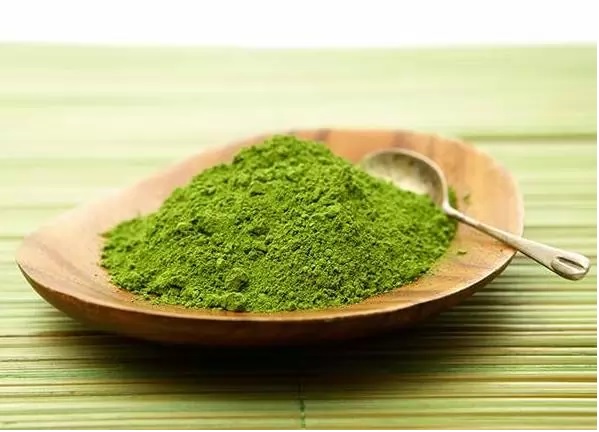The muscles found in and around the hips are known as the hip flexors. These include muscles like the internal obliques, iliopsoas, sartorius, gracilis, and fascia latae tensors. When these muscle ended up being tight because of continuous flexion and contraction, they can produce discomfort. This discomfort is most often felt in everyday activities like climbing stairs and lifting objects from the ground. Athletically, tight hip flexors will compromise running activities, and all resistance training that includes rotation of the hips.
A sign hip flexor discomfort is most visible in activities that need power from the back, upper legs, and core. Athletes notice pointer hip flexors most often when carrying out weighted lifts like squats and deadlifts. When flexor muscle are tight, they prevent the spine, pelvis, and hip complex from lining up appropriately. Tightness produces a kind of body language preservation that contrasts having an appropriate full series of motion. The result is the sense of having less strength to perform movements, together with lasting, hurting discomfort deep within the core locations of the body.
Relieving tight hip flexors and stress is difficult. It needs the application of specific extending workouts that target the deep tissues of the body’s core. These exercises also need a little bit of “nerve moving” that can appear uncomfortable to some individuals.
Workouts that can unlock your hip flexors consist of:
Piriform Stretches
While seated on the flooring, stretch one leg forward and keep one leg in a hurdler’s position. The forward leg must elongate the gluteal muscles. Carefully rock forward and back, and side-to-side on the outstretched hip. This rocking movement will reduce nerve tension and trigger the muscles of the hip to release.
Lunge Extends
In a standing position, take a wide step so that one leg is extended backwards and the other is at a 90 degree position to the flooring. This must appear like an extremely long step. With an upright torso, gently lower on the extended hip side. Try to produce a “pulling” feeling in the muscles of the straight leg from the knee to belly button. Hold this position until the body begins to sink downward, then thoroughly switch leg positions. We found this review on unlock your hip flexors.
Iliopsoas Palpation
Much of the stress that produces tight hips is triggered by contraction of the muscles that line the pelvic bones. In order to ease tension, palpation is essential. This can need the help of another person.
Lie on a bench facing upward. Extend the body to its maximum length by outstretching the arms, and slightly twisting to one side. The person helping the stretch needs to carefully and carefully place a rigid hand along the stomach muscles. Glide the touch down the midsection till the ridge of the iliac (pelvic) crest is felt. As the lying individual exhales, the massage hand need to gravitate inward up until it reaches the underside of the iliac crest. If performed correctly, the massaging hand will come across a layer of exceptionally tense tissue. These are the specific muscles triggering hip flexor tension and discomfort. Once discovered, the rubbing hand ought to palpate the muscles in the very same line as the length of the body. Several minutes of this deep tissue massage must trigger the legs to feel freer, and the lower back to feel less curvature pressure.
When you unlock your hip flexors you must right away experience an increased ability to move the legs in a complete range of motion. This consists of a longer running stride, and a more comfortable seating course in exercises like squats, lunges, and all types of leaping. The hip flexor muscles help the body’s core help almost every motion, so having fluid hip flexor movement is essential. Even the healthiest people experience hip flexor tightness, but particular stretches and massages can minimize common issues associated with tight hip flexor conditions.



